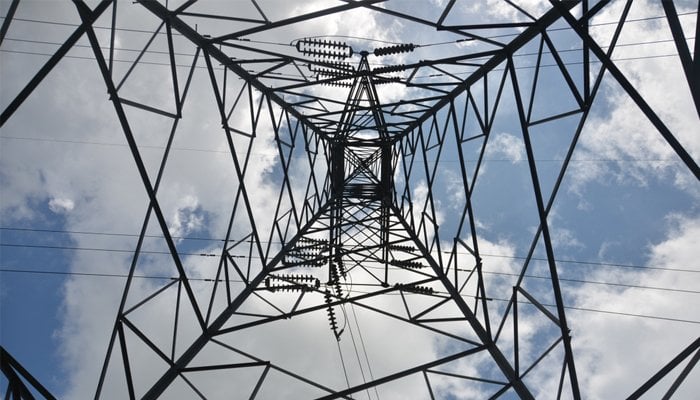Ofgem has announced it will move forward with plans to reduce the cost of equity for energy network companies, close to 50% below its previous level.
It has confirmed its methodology for calculating the next round of network price controls between 2021 and 2026, called RIIO-2, which the regulator says will deliver a “smarter and more sustainable” energy network that will come at a lower cost to consumers.
If the agreed methodology is applied today, Ofgem would set the allowed baseline return on equity at 4.3% in a cost of equity range of 4% to 5.6% – the lowest ever capital rate for energy network companies.
The regulator sets the cost of capital for energy companies, which is the rate of return they can pay investors, the cost of which is passed onto consumers.
A lower return on equity combined with a lower allowed return on debt are expected to reduce costs passed to consumers by £6 billion over the five years of the RIIO-2 price control period, compared to RIIO-1.
However, Ofgem says the final savings for consumers will depend on a number of other factors like operating expenditure, which it will make a final decision on next year after companies have submitted their business plans.
Under the new price control framework, companies will also be required to increase support to consumers in vulnerable situations, for example by strengthening licence conditions and incentivising companies to take vulnerability into account when interacting with their customers.
The regulator says its new plans will support the “decarbonisation of power, heat and transport ” and a “smarter energy system” and each company’s environmental action plan will be taken into account when funding allowances are set.
Jonathan Brearley, Executive Director for Systems and Networks adds: “Our proposals are on track to deliver a tough, fair settlement that strikes a better deal for consumers.
“Lowering the cost of capital for network energy companies will put money back into consumers’ pockets while service standards are required to remain high. Our new price control for networks will pave the way for a cheaper, smarter and more sustainable energy system and is a key step in our journey to a low carbon future.”
Since 1990, network companies have invested around £100 billion in total in the national and local grids, almost halving power cuts since 2001 while customer satisfaction with local networks is said to have improved “significantly”.
National Grid “disappointed”
In response to Ofgem’s announcement, National Grid said: “On cost of equity, we recognise Ofgem has made some corrections to its calculations and continues to consult on the outperformance wedge. We remain disappointed with the proposed range, which we believe does not fairly reflect the level of risk borne by networks.
“In the context of the role that networks will play in enabling the transition to a more efficient and decarbonised energy system, we believe this is not in the long-term interests of consumers. We will continue to engage constructively with Ofgem to reach an appropriate RIIO-2 outcome for the benefit of all stakeholders.”
Proposals will have “damaging impacts”, says Energy Networks Association (ENA)
ENA Chief Executive David Smith said: “These proposals, if implemented, will have damaging impacts on the energy networks’ ability to deliver the government’s plans for clean growth and the wider economy, undermining efforts to build a smarter, more efficient energy system for the public. Costs are down, power cuts are at record lows and the amount of renewable energy connected to the grid is at an all-time high. Ofgem needs to build on this track record.
“The approach needs to evolve in response to experience and the lessons learnt under the RIIO-1 price control. Central to this is ensuring that Britain’s energy networks are able to continue to attract significant levels of investment over the next decade and beyond, at lowest cost to the consumer.”





